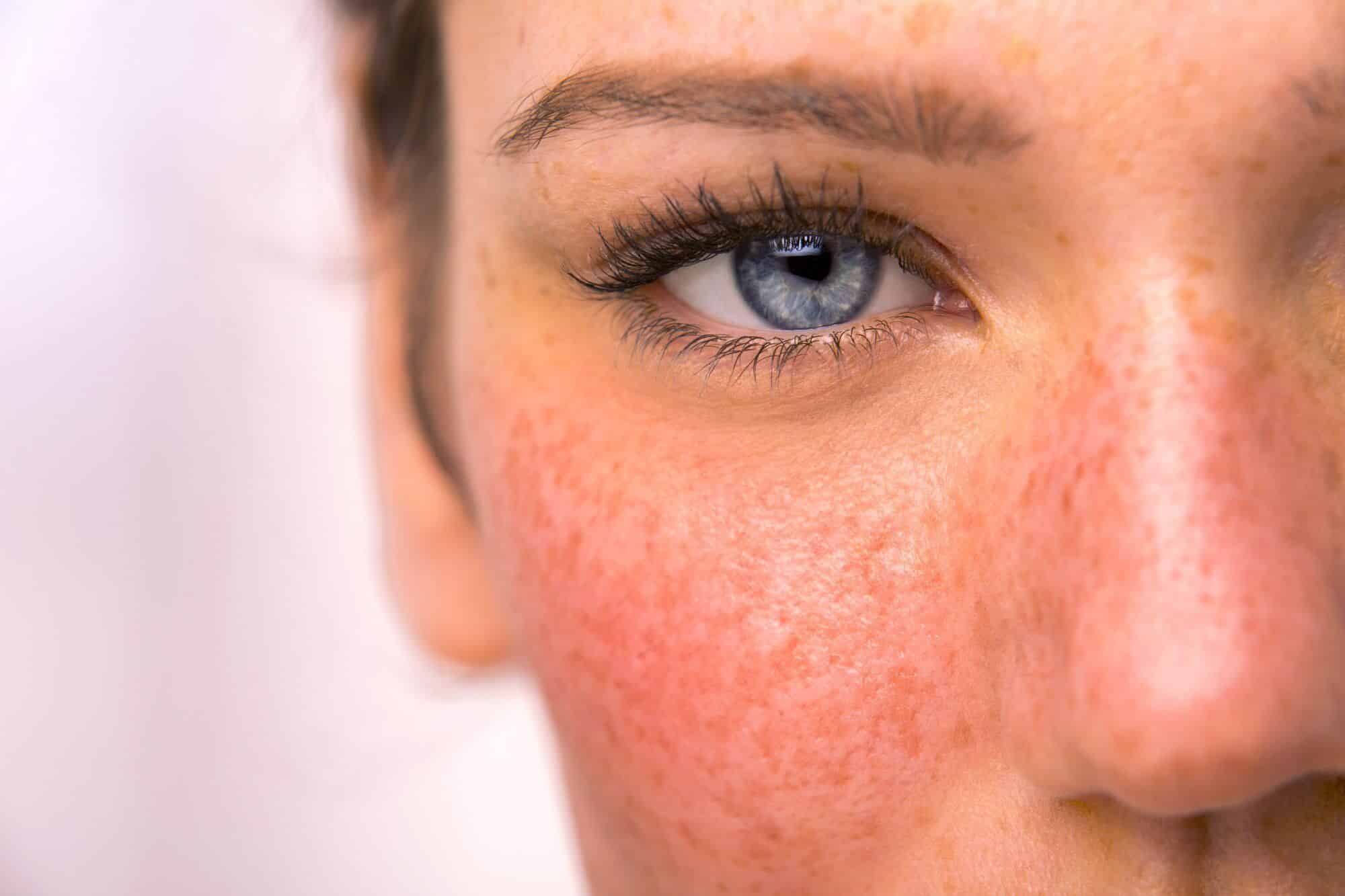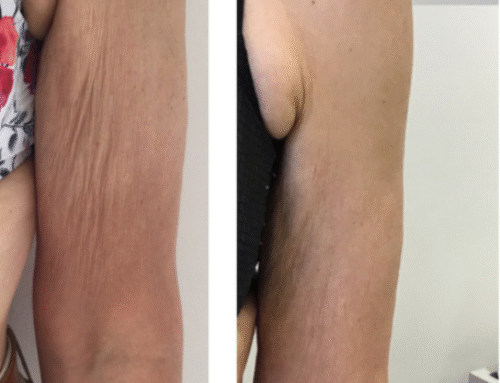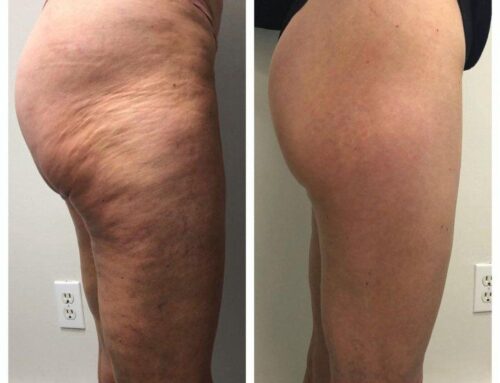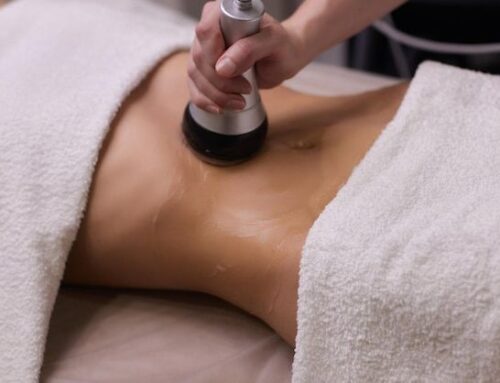ROSACEA: What is it and why do I have it?
Rosacea is one of the main complaints we see at Clinic 33 and understandably can be a real source of insecurity for many people. Without knowing the cause and triggers rosacea can be a hard condition to manage but not impossible to resolve or at least; get under control. For many, not knowing what is going to cause the skin to ‘flair up’ is frustrating and can cause unnecessary anxiety; especially before events.
This in itself is a self-fulfilling battle as anxiety can then trigger an inflammatory response and make the rosacea more noticeable. 9 times out of 10 stress is a big factor, flare-ups become untimely leading to people turning to thick make-up and green-tinted concealing products to mask the problem. This is, particularly for those with acne rosacea, the worst thing that you can do! Thick makeup, especially make up which is filled with chemicals cause greater irritation, blocks the pores and exaggerates oil production so when the make-up is removed the skin then looks 10 times worse! If make-up is to be used it should be as natural as possible. There are a few make-up brands out there that are particularly good and let the skin breathe whilst giving good coverage. Bare Minerals and IT cosmetics seem to cover both of these qualities.
Firstly, let us look at the types of Rosacea and how to manage the symptoms.
There are two main types of Rosacea and 2 subcategories.
Type 1: Vascular Rosacea. Red areas that are often sensitive and reactive contain small visible blood vessels.
Type 2: Inflammatory Rosacea. Also known as acne rosacea, this tends to be most common in women, particularly middle-aged. This can be characterised as widespread redness with papules (spots that look like red bumps) and pustules (puss-filled spots)
Then there is Phymatous Rosacea also known as rhinophyma, this tends to be more common in men. The nose can become disfigured, the skin thickens, and the skin appears bumpy.
Lastly, we have Ocular Rosacea. This is centred predominately around the eye area.
There is no definitive cause of rosacea, but we do know things can trigger the condition. it can be due to an overactive immune system, excessive stress, environmental factors or in some cases it may be hereditary. It may even be a combination of these factors, in which case it is essential to have a thorough skin consultation to investigate how we can control the symptoms and treat the overall appearance. There is also a skin mite called the Demodex mite which can cause an immune reaction that causes redness and inflammation. This can be resolved in many cases by using a particular homecare regime.
What can I do about it?
So how can we resolve and treat Rosacea? Well, avoiding doing things that are going to make the condition worse is imperative. If we don’t at least try and remove the triggers it makes it very hard for us to try and treat the condition.
Avoid or reduce; spicy foods, alcohol, too much caffeine or anything that will repeatedly dilate blood capillaries or cause inflammation. Inflammatory foods for example cinnamon, tomatoes, citrus fruits and chocolate should be restricted or reduced where possible. Reducing sugar and acidic foods overall will help to control the reactive redness in some cases. It’s also worth looking at your gut health. Intestinal bacteria can be the culprit in some cases! There are supplements out there that can help support gut health- this may be worth looking into.
In the Clinic, it is frustrating when people aren’t looking after their skin AT ALL and are doing things every day which are obvious triggers…. It happens more than you know!
For example; we all know that the sun is damaging the skin, so when we see people who work outside every day and NEVER wear an SPF; there’s not much we can do for them! Environmental factors we CAN control need to be adhered to in order to treat! It’d be like having a personal training session once a week to lose weight but eating rubbish and not going to the gym outside of that session- it’s not going to give you a result and you’d be wasting your money!
It’s 2022, is there a treatment can help?
Fortunately, Yes!
There are several treatments available that give successful results.
Thermavein to remove broken blood capillaries. This can’t be done on patients with an official Rosacea diagnosis but we can treat diffused redness that presents with thread veins. The redness of the skin may not even be Rosacea so it is important to look into the skin in detail with an investigative skin consultation.
Dermalux LED light therapy. This is a non-invasive and extremely successful treatment. It is gentle on the skin and suitable for 99% of people.
Chemical peels! Yes… I know, you wouldn’t think it and it sounds scary to be applying acids to the skin to treat a sensitive condition, however azelaic acid is proven to be beneficial for rosacea and we have a specially formulated peel for the rosacea condition.
A combination of these treatments, a good skin homecare regime and helping yourself by avoiding triggers where you can, can all contribute to healthier and beautiful looking skin!
Contact the clinic for more details and book your skin consultation today to start your journey into better skin.




